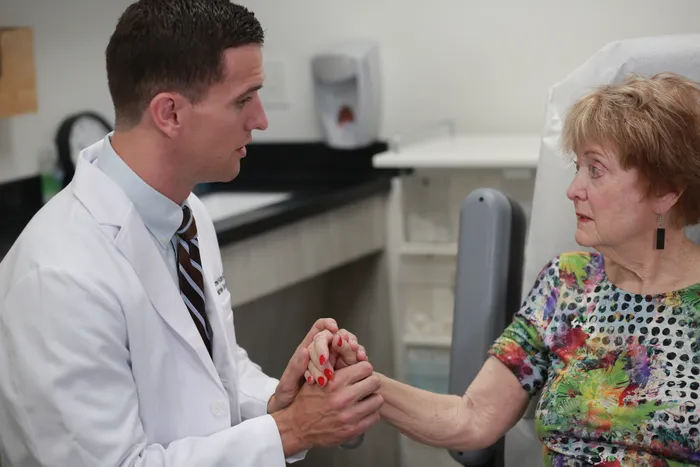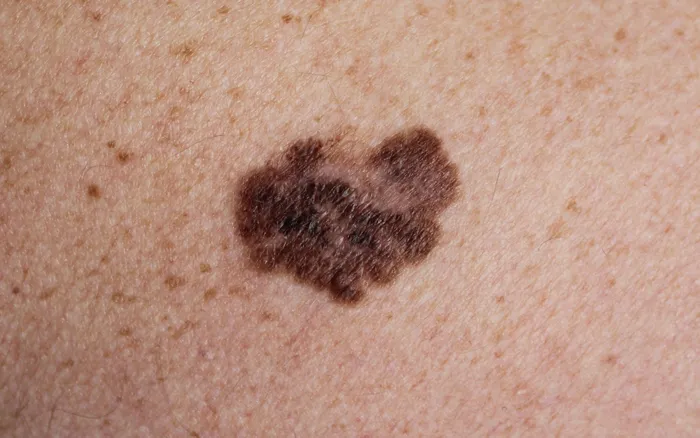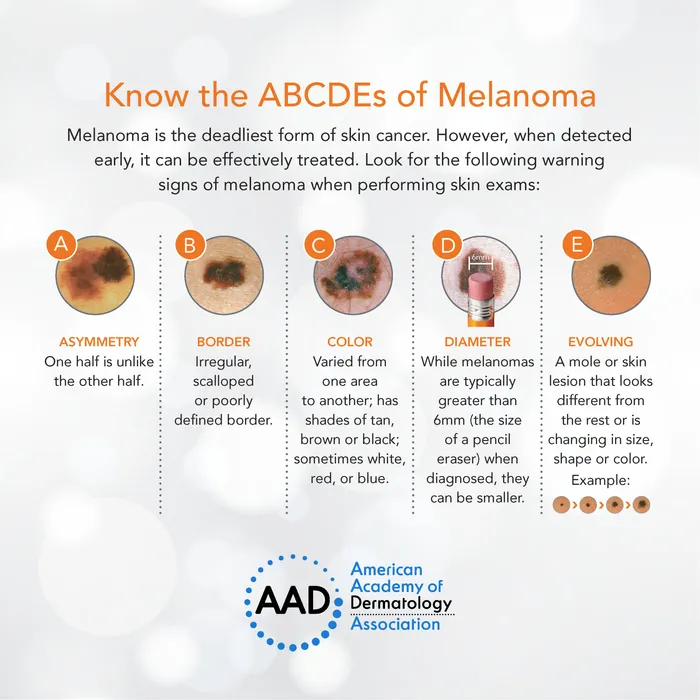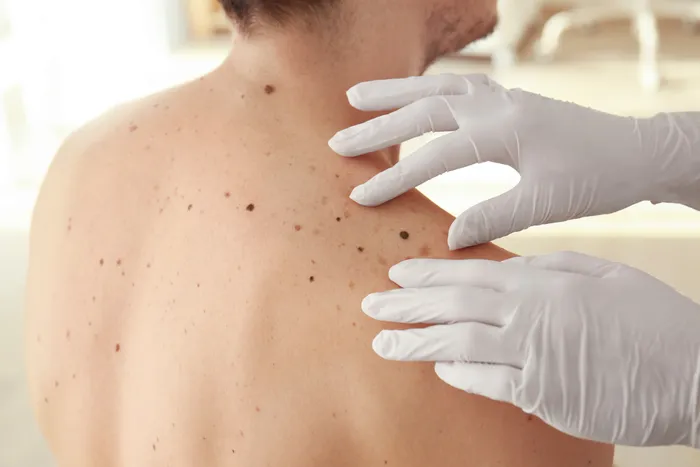Melanoma
At Fairview Dermatology, we are passionate about early detection of and treatment for melanoma.

Understanding Melanoma
Melanoma is a serious form of skin cancer that develops in melanocytes, the cells responsible for producing skin pigment. While it's less common than other skin cancers, its potential to spread rapidly makes early detection crucial.
At Fairview Dermatology, our comprehensive skin examinations are designed to identify melanomas at their earliest stages. When caught early, melanoma has an excellent prognosis with proper treatment. It's important to be aware that melanoma can arise as a new spot or develop within an existing mole, emphasizing the need for regular self-examinations and professional skin checks.

Discover Why Our Patients Choose Us
TRUSTED BY OVER
11,000
PATIENTS
PRIVILEGED TO SEE PATIENTS FROM
Fairview
AND SURROUNDING AREAS INCLUDING ALLEN, MCKINNEY, LUCAS, PLANO, & FRISCO
Recognizing Melanoma
Identifying potential melanomas involves being alert to changes in your skin. The ABCDE warning signs can help detect melanoma early and save lives.
Other indicators may include lesions that itch, bleed, or don't heal. Remember, early detection significantly improves treatment outcomes, making regular skin checks a crucial part of your health routine.

Credit - The American Academy of Dermatology. For more information visit aad.org
Melanoma Risk Factors
- Genetic Predisposition: Family history of melanoma, especially in first-degree relatives
- Skin Characteristics: Fair skin, light-colored eyes, red or blonde hair, tendency to sunburn easily
- Sun Exposure Patterns: History of severe sunburns, especially in childhood or adolescence, and cumulative sun damage over time
- Artificial UV Exposure: History of tanning bed use, particularly before age 35
- Mole Patterns: Presence of numerous moles (>50) or atypical moles (>5)
- Previous Skin Cancers: Personal history of melanoma or non-melanoma skin cancers
- Immune Status: Weakened immune system due to disease or medications

Melanoma Prevention Strategies
Preventing melanoma involves a combination of sun protection and regular skin monitoring. While we encourage enjoying outdoor activities, it's crucial to practice sun safety. This includes using broad-spectrum sunscreen with at least SPF 30, wearing protective clothing, seeking shade during peak sun hours, and avoiding tanning beds.
We recommend regular professional skin examinations for individuals with risk factors such as a history of significant sun exposure, tanning bed use, personal or family history of melanoma, or numerous or atypical moles. These screenings complement your regular self-examinations at home.
If you notice any concerning changes in your skin or have risk factors for melanoma, don't hesitate to contact Fairview Dermatology for an appointment. Our providers are committed to providing thorough skin cancer screenings and expert care.

